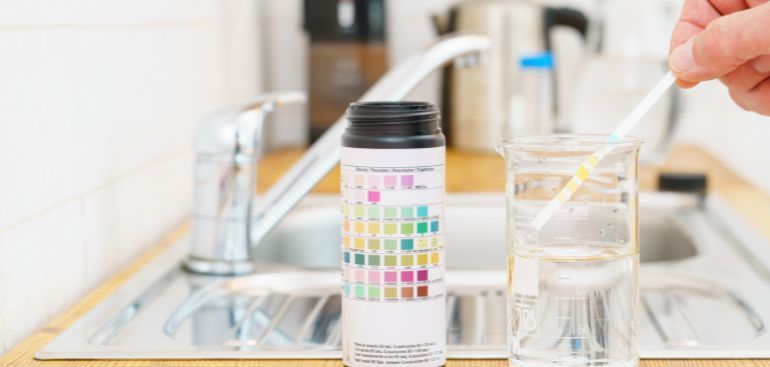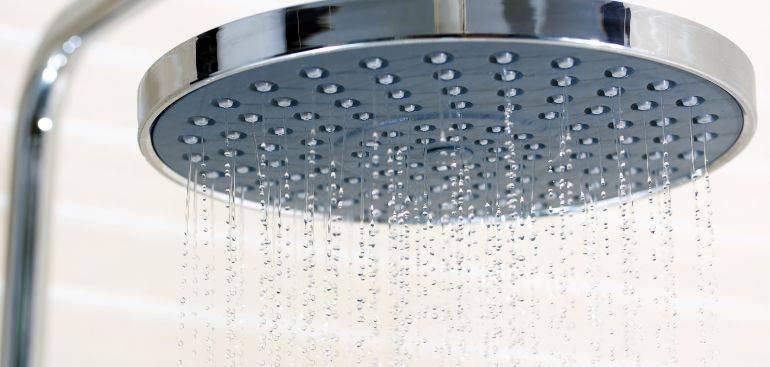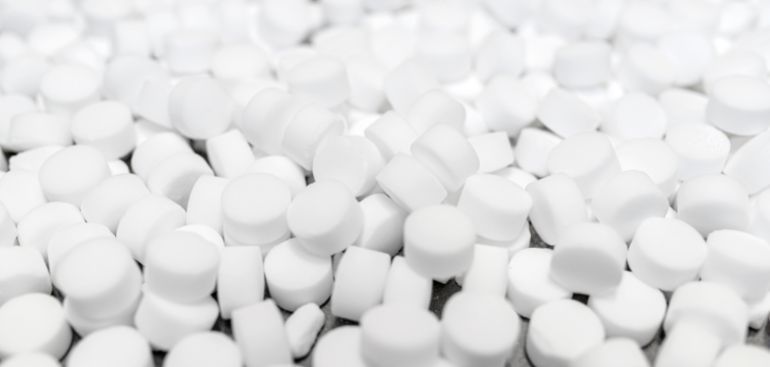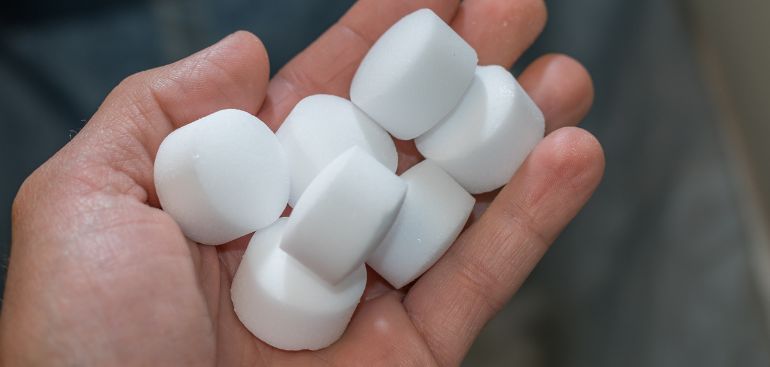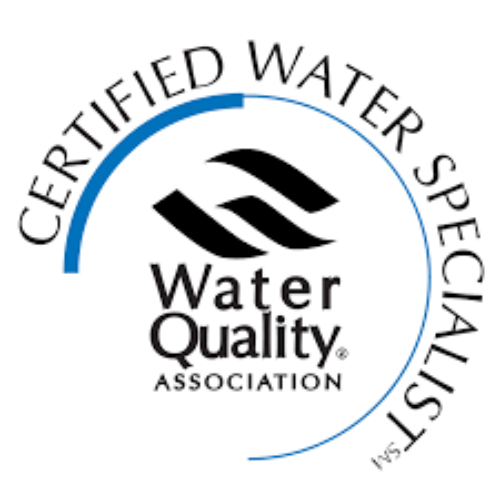Blog
Green Options
ECO-FRIENDLY PURIFICATION OPTIONS

We always strive to present you with green water purification options, if appropriate, for your water.
At Good Water Company, everything starts with your water chemistry.
For a water purification solution to be considered “green” or sustainable, it must meet the criteria of not adding anything to the water and not using any additional water in the process. Green technology can be applied to both city and well water. But whether or not green technology is an option depends on the chemistry of the water. Even for city water, additional on-site testing may be required. For well water, extensive on-site testing may be required and a comprehensive lab test is always preferable as some ions in the water may interfere with the successful removal of target contaminants.
Be aware of “green” washing!
In the marketplace, there is an abundance of “green washing” of conventional technology and sometimes a failure to disclose all the parameters of a purification system touted as being environmentally responsible. Ask informed questions about backwashing, media life and replacement costs and other maintenance costs.
Water Filtration vs. Water Purification
Water can be “filtered” and still not be “purified” of contaminants. Technically speaking, filtration is the physical and mechanical removal of suspended solids from water. In current parlance, water filtration is used synonymously with purification; but the latter is usually a sequence of several processes to remove physical, chemical and biological contaminants. It should not be inferred that when water has been “filtered” that all suspended solids have been removed. Water purification sequencing depends on what is in the water (its total inorganic, organic and microbiological content) and the techniques which must be used for their partial or complete removal. Sterilization is of less concern for municipal systems as the water is microbiologically safe when it enters the closed loop of the household plumbing infrastructure.
For private wells, removal of sediment in water is often the first stage which must precede other treatment techniques. The physical filtration process is determined by the pore size of the filtration medium. A simple way to find out what particle size filtration is required is to run a “sediment test” with three different particle size filters in succession. The ideal balance is the largest filter size which removes sediment and allows adequate flow rates.
Centrifugal sand separators can reduce sediment to as fine as 74 microns or micrometers (a micron is one millionth of a meter or about 1/25,000th of an inch). Some specialized media, which require backwashing, can reduce sediment size down to 3-5 microns (nominal size). But most well owners use replaceable cartridges filters, which come in 2.5″ and 4″ diameters and 10″ and 20″ lengths. The most common filter pore sizes are 50, 20, 10, 5 and 1 micron filters. The smaller the filter pore size, the higher the removal capability. Particle filtration is generally considered practical down to about 1 micron, but it will not remove metal ions in water.
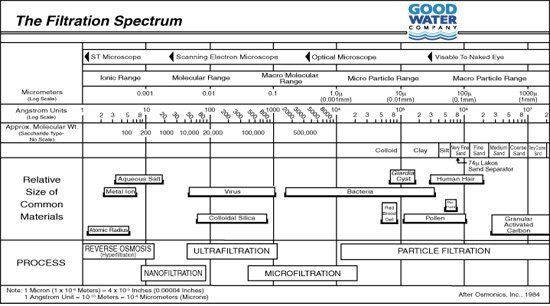
Figure 1
Figure 1 illustrates the relative particle size and includes the relative size ranges of some common particles. More advanced physical filtration methods use membranes and water pressure and include, in increasing removal capability, Microfiltration, Ultrafiltration, Nanofiltration and Reverse Osmosis. RO removes particles as fine as 0.001 microns and is capable of removing dissolved metal ions and aqueous salts. Treatment technique selection depends upon the target constituents and their particle sizes. The overall success of these systems (including Reverse Osmosis) is attributable to the use of the proper sequence of purification techniques (including carbon filtration) to fulfil specific objectives. Ultrafiltration, using hollow microfiber strands in combination with carbon filtration, may be used to effectively remove algae, bacteria, Giardia, Cryptosporidium, and viruses and, silt, clay, above their rated size but will not remove contaminants such as iron, manganese, sulfur and harness minerals.
The selection of the appropriate treatment for your water depends on the water chemistry, your objectives and your budget. The methodologies of water filtration, and the limitations of the various techniques, are relatively well known, but the term “filtration” is highly over-used. Filtration should not be considered a panacea for water treatment but rather a stage in the water purification process. Filtration does not necessarily yield water purity equivalent to “bottled water quality”, which is itself a vague and misleading term.

